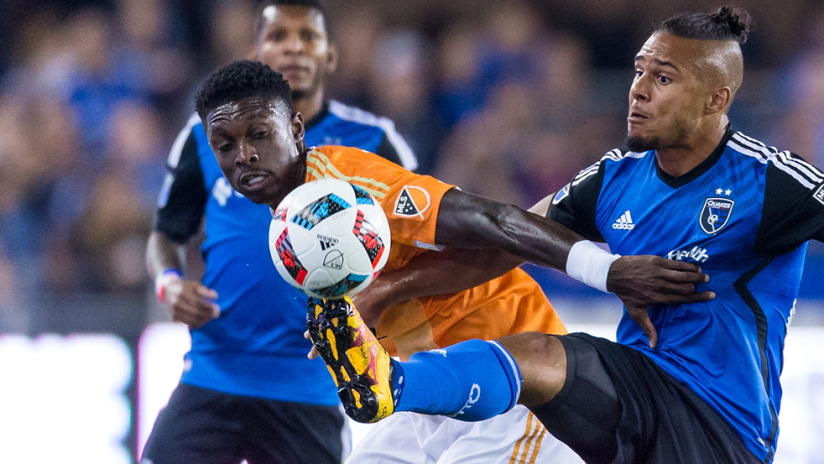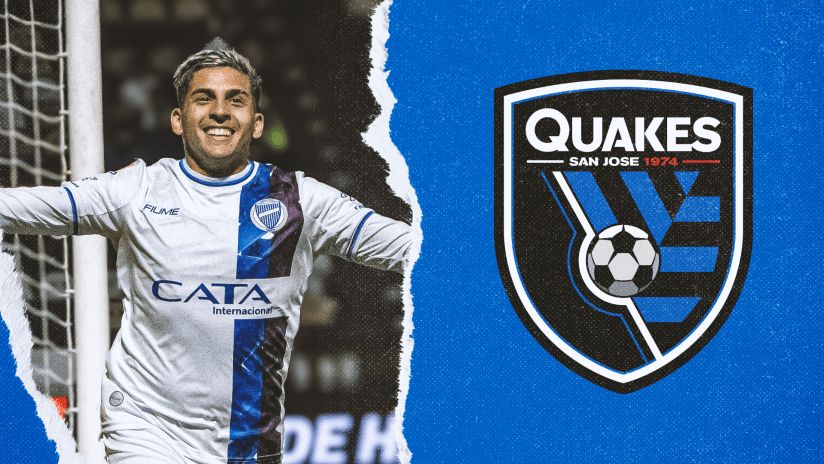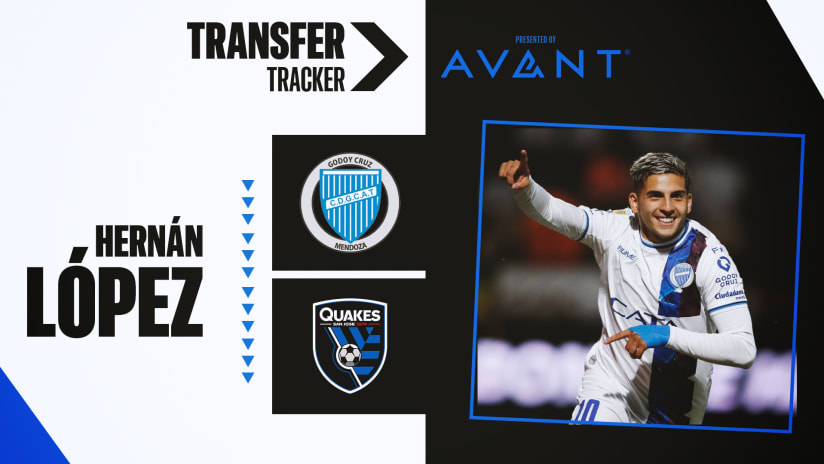SAN JOSE, Calif. – Even the San Jose Earthquakes didn’t comprehend the total number of crosses they unleashed last Friday against the Houston Dynamo.
San Jose were credited with 42 crosses, including dead balls, as the Quakes tried to outflank a packed-in Dynamo defense. Yet despite beating their previous season high of 30 crosses by nearly double digits, San Jose didn’t come away with the result they wanted, falling 2-1 to Houston.
“I didn’t realize it was that many,” Quakes captain Chris Wondolowski told MLSsoccer.com on Tuesday, after hearing about San Jose’s 24 crosses from open play in the second half alone. “That’s even more disappointing, that we didn’t score more. That’s something that we work on and try to take advantage of, is our flank play, and we create a lot of opportunities that way.”
It was only the second time all year that an MLS side sent more than 40 balls in from the wings during a regular-season match. Portland recorded 47 crosses against Real Salt Lake on March 19.
“It felt like we had a lot,” Quakes coach Dominic Kinnear told MLSsoccer.com. “We were just a tiny bit off. We had some good opportunities where the run was just a tiny bit off or the ball was a little bit off. ... I mean, you’re not going to be able to walk [the ball] through eight guys that are in the 10-yard area.”
San Jose’s lineup is not necessarily designed to attack through the teeth of a well-structured defense as its first option.
With Anibal Godoy and Fatai Alashe (or Darwin Ceren, who stepped in for the injured Alashe against Houston) as the deep-sitting central hubs of their midfield, the Quakes are putting more responsibility on Alberto Quintero and Simon Dawkins – Kinnear’s first-choice wingers – to create more offense from the outside in. For the year, San Jose is averaging 20.08 total crosses per game, fourth-most in the league. That includes an average of 14.08 crosses from open play, also good for fourth.
For his part, Wondolowski relishes the idea that teams might be stuffing the middle in an attempt to push San Jose out wide.
“With the chances that we created against Houston, often we’ll score more than one,” Wondolowski said. “I have no problems with that.”
With Dawkins absent Friday due to a slight knee problem, Quintero was the Quakes’ most dangerous player, assisting on San Jose’s lone goal – with, naturally, a low cross from the edge of Houston’s area to Victor Bernardez – and nearly finding an equalizer through a header from Quincy Amarikwa’s long ball a couple of minutes after that.
If Dawkins, who trained Tuesday, is able to return Wednesday night against New England (10:30 pm ET, MLS LIVE), it could provide more balance. The Jamaican international is arguably the best on the squad at cutting in from the wing and dribbling in close quarters to crack open the center channels.
“Anytime we get the ball to his feet and he’s facing goal, it’s a good moment for us,” Kinnear said.
Regardless of who’s on the wing, one key from Kinnear’s standpoint is to make sure San Jose’s crosses and off-the-ball movement are both purposeful.
In 2012, when the Quakes set a franchise record by scoring 72 goals, San Jose could afford to spray balls into the box at volume, letting the tall and physical duo of Alan Gordon (13 goals) and Steven Lenhart (10) tussle with – and often beat – opposing defenders. This year’s team depends more on guile to create space before the ball’s arrival.
“To float balls in is a bit of a tough one, so we need to get a little bit deeper and be able to whip balls in front of the defense so it makes it easier for our guys to attack the ball,” Kinnear said. “And when you play with two guys [up front], one guy’s got to get across to the near post. It makes the defense move.
"If everyone just kind of drifts to the back post, it’s easy to stand there and fight guys. But if you have guys moving in the box, it makes it more difficult to defend.”














